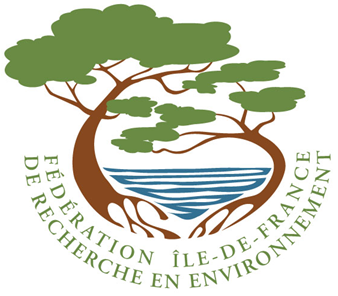The unit's research is on lowland forestry ecosystems and woodland management practices that favour wood production and conserving forestry biodiversity.
Researchers, engineers and technicians in the unit are adding to knowledge concerning how forestry ecosystems work and sustainable forest management principles, following the lines of the National Strategy on Biodiversity and the Millennium Ecosystems Assessment. Their works come up with theoretical models and scientific publications but also claim to set their sights on application and support for public decision-makers and forestry space administrators.
Biodiversity -'Interactions between forestry management and specific biodiversity'
Preserving forestry species in our territories
The purpose of our research is to propose recommendations for forestry and land use management working towards biodiversity, from the scale of a plot to a landscape. Within this perspective, we are attempting to identify the pressure on biodiversity by focusing our works on the flora, insects and birds
FONA -'Forest Interactions between Ungulates and Human Activities'
Conciliating wild ungulates and forestry ecosystems
In the forestry environment, the wild ungulate (deer, wild boar) populations might have short and medium term effects on the diversity of the flora and population renewal. By identifying and analysing disturbances and their consequences, we are aiming to propose recommendations for managing habitats and animal populations to maintain functional integrity for ecosystems.
FORHET- 'Non uniform forest'
Understanding and modelling forest renewal and growth
Within the context of global changes, the evolution of woodland practices requires better understanding of how forests work. We study and model the growth and the dynamics of forestry systems, with mixed or irregular populations, in order to advise administrators and come up with elements to help decision making in terms of managing lowland forests (woodland mode, glades, regeneration and undergrowth vegetation, etc.).
GeeDAAF 'Adapting Diversity from Forestry Trees'.

